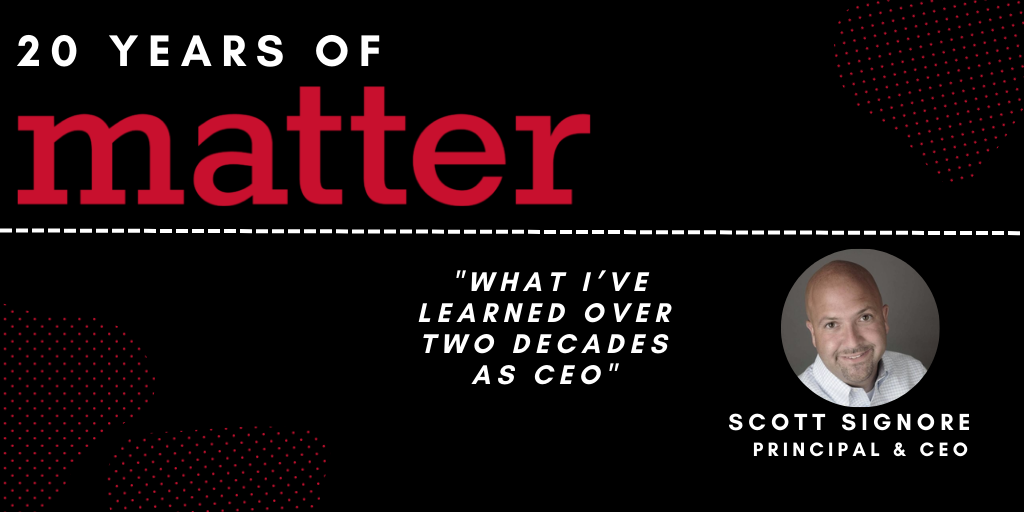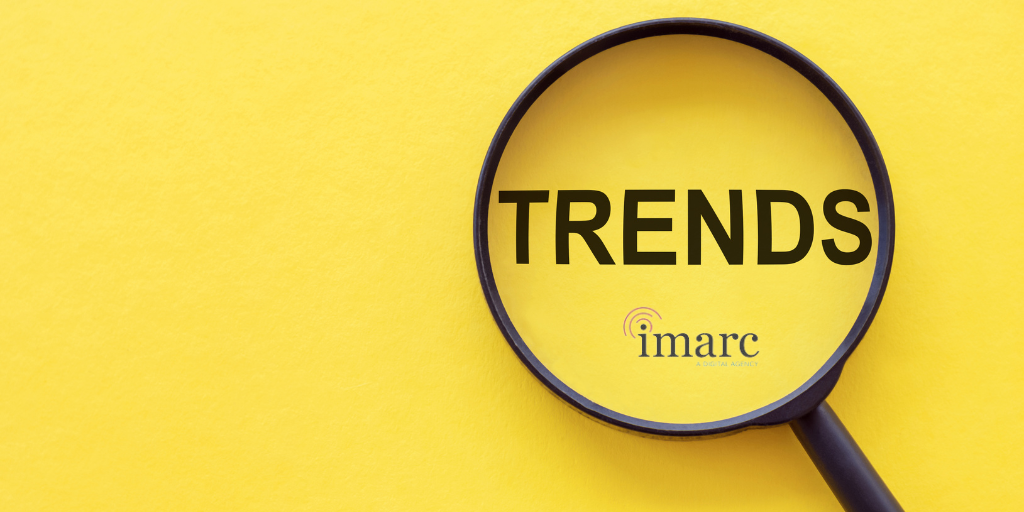It’s no secret that acquiring new customers is expensive. In fact, according to several sources, it can cost up to 7x or more to acquire a new customer than it does to retain an existing one. So why even bother? Well, capturing as much total available market (TAM) makes growing your business through customer acquisition necessary. If your TAM is large, and especially in a competitive sector, continually adding new customers is critical.
Fast growth SaaS companies under $50M in revenues have a median 87% increase in new customers a year. Fast growth SaaS vendors over $100M average 25-30% increase in new customers annually. There has been much focus on net dollar revenue expansion within existing customers in recent years, but there is only so far that your existing customer base can take you financially. For this reason, SaaS companies typically are aggressively seeking new customers, and SaaS CFOs need to be acutely aware of the total expense to acquire new customers.
In this blog post, we will discuss how B2B SaaS CFOs can effectively calculate and monitor these costs, while identifying ways to establish if their financial efforts are in line with relative sources. But first, let’s define some critical elements in this equation.
What is Customer Acquisition Cost (CAC)?
Customer acquisition cost (CAC) is arguably one of the most important metrics for fast-growing B2B SaaS companies. It measures how much it costs to acquire a new customer and is a key factor in determining the profitability of a business.
There are two types of CAC – blended CAC and fully loaded CAC.
Blended CAC:
Blended CAC includes all the expenses, usually concentrated in marketing and sales (including salaries and overhead) incurred to acquire a new customer in a defined period divided by the net new customers within this same period. The reason that this method is called “blended” by many is that it does not separate the costs for acquiring customers organically as well as through marketing methods or through freemium programs but measures the total costs incurred by a company through whatever channels it may use to acquire new customers.
Fully loaded CAC:
Fully loaded CAC additionally includes your product cost of sales, support, infrastructure, and G&A expenses incurred to service the new customer in a defined period. This is the most commonly used method to compare your fully-loaded CAC with the lifetime value or the customer (LTV) to see if you are acquiring customers profitably.
CFOs need to track both these numbers closely because they give different insights. While blended CAC tells you how much in total it costs to acquire a new customer, fully loaded CAC will give you an idea of whether the customer is profitable.
The importance of identifying a new customer
This point may be obvious to some, but since the denominator can sway the CAC ratio, we wanted to officially state these common mistakes.
As the CFO, your sales and marketing team may be incentivized to establish a certain number of MQLs or marketing qualified leads. Although this may be healthy for your customer pipeline, these numbers should not be considered when determining actual customers. The point of conversion should be clearly identified and matched with the timing of acquisition costs to establish an accurate CAC. A customer is only a customer contracted to pay for your products and services. Some companies will include paid trial customers or paid prototypes in their customer count. We recommend that companies think very carefully about including this type of “customer” in their customer number. If your goal as a company is to develop a paid prototyping revenue stream, then perhaps these customers are valid. If prototyping is more a part of the sales process, then perhaps these “customers” should be considered as prospects and not yet contracted customers.
Other nuances to defining a “customer” can stem both from unspecific definitions of a “new” customer as well as a system problem. Companies are well served to spend time making sure that everyone agrees on what is a new customer: is a global corporation one company or several? Are different owners in a franchise business or different hospitals in a large medical system one customer or many? A system problem is a lack of integration or consistency in various business systems which define a “customer.” The quote to cash systems all need to have the same definition and count of customers.
Now that you know how to calculate CAC, why is it important?
CAC is important because it allows you to track your progress in acquiring new customers. It also helps you to set realistic goals for future customer acquisition efforts. Monitoring CAC closely is critical for the long-term success of your B2B SaaS company. If CAC is higher than LTV or even close to LTV, it means that you are not acquiring customers profitably and need to re-evaluate your go-to-market strategy and adjust your sales and marketing spending. On the other hand, if your CAC is too low, it could mean you’re not investing enough in the acquisition, and you may be missing out on potential customers.
A static number does not build the story
It is important for you, as the B2B SaaS CFO to build a compelling story of why the company’s customer acquisition cost is favorable or unfavorable. Presenting a static number isn’t enough to effectively influence the management team to continue or discontinue investments in growing the serviceable available market, because it does not define the relative position of CAC. Therefore, benchmarking this KPI is important to establish relative terms.
There are multiple ways to benchmark your customer acquisition cost. Some of these methods are more useful than others, and it all depends on the statistical significance of the data source. Below are 4 methods to consider.
1. Obtaining an industry average through market research firms
Using an industry average is somewhat subjective. Many different sources may have overwhelmingly high variations in their data sources and data definitions. It also may not consider where you are financially compared to the peer companies used in building this industry average (i.e., high growth, different types of products, etc.).
2. Calculating your company’s historical data as a predictive indicator
Your company’s historical CAC can also be a useful benchmark. If you have been in business for a while, you likely have a good idea of how much it costs you to acquire a customer. This number can be used as a baseline to compare against your current CAC. The drawback of using historical data is that it tells you where you have been and doesn’t necessarily help you identify where you need to be in the future as it assumes that your CAC ratio has been efficient. This method also predicates that you have been tracking CAC over time and are not an early-stage B2B SaaS company entering the next stage of growth. Industry best practices in Sales and Marketing continue quickly evolve and it is important to stay on top of what peers are doing.
3. Deriving your competitors’ data through public disclosures
Alternatively, you can benchmark your CAC against the competitors. If you know what your competitors are spending on customer acquisition, you can get an idea of where you need to be to attract this same base. This can be a helpful way to benchmark your CAC if you are in a new industry or if your company is growing quickly and you don’t have historical data to rely on. The disadvantage of this approach is that it is extremely difficult to get this number if your competitors are private and even with public financials, it requires making a number of assumptions that may or may not be correct when viewing your competitors’ publicly disclosed financials.
4. Using a reputable independent 3rd party B2B SaaS benchmarking service
The final and most accurate method is subscribing to an independent 3rd party benchmarking service that specializes in B2B SaaS companies. Our company OPEXEngine eliminates the guesswork in determining the right CAC benchmark for every stage of your B2B SaaS journey. In addition, OPEXEngine’s benchmarking provides benchmarks for the drivers of CAC, so that you can dig into where the differences between your numbers and peer companies may lie.
Beyond CAC our cloud-based platform can assist you and your finance team to compare company performance and operating metrics across all departments to peers and market leaders. With benchmarks for over 250 KPIs, segmented into over 60 different cohorts by revenue size, average contract value, growth rates, and more, the BenchmarkEngine™ uses OPEXEngine’s proprietary database built over more than a decade of working with hundreds of SaaS and Software companies.
In closing, it is important to frame the context of CAC against other important SaaS metrics to have a more complete analysis of your business. As we stated earlier, CAC and LTV go hand in hand and must be monitored to evaluate your customer’s ROI. But there should also be a deeper dive into the cost of goods/sales (COGS) to ensure that your product spending does not exceed the recognized revenue that is received from customers.
___
This post was originally published on the OPEXEngine blog.



